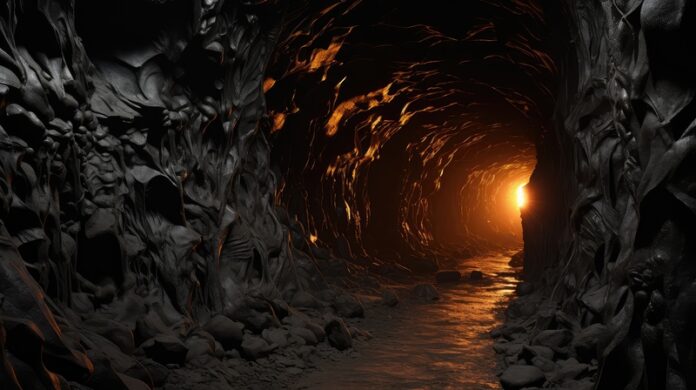
Two recent Moon stories caught my eye in the past few weeks. A paper by researchers at the University of Waterloo in Canada published at the 74th International Astronautical Congress held last October in Baku, Azerbaijan, described the potential use of lunar topsoil and regolith as in-situ building and infrastructure resources for a future colony.
A second article in Nature Astronomy this month described the radar imaging of a hole on the lunar surface indicating the existence of a cave that could also become a future home.
With NASA’s Artemis Program planning to put humans back on the Moon in 2026 and China’s Space Agency announcing its plans along with Russian partners to send taikonauts and cosmonauts to the lunar surface in 2030, both will face the challenges of constructing permanent habitats. Just how these will be built remains an open question.
Lunar Topsoil is the Right Stuff
Lunar topsoil has the right chemistry for building while also serving as a source of oxygen which makes up 45% of the lunar regolith where it is bound in iron, aluminum, and silicon oxides.
Using electrolysis in a combustion chamber with solar energy as the power source, the lunar topsoil and regolith at 1,600 Celsius (2,912 Fahrenheit) could separate the metals and oxygen and harvest all of them. The oxygen will provide breathable air. When combined with hydrogen it will produce water. The metals will provide building materials and rocket fuel.
The biggest challenge with lunar topsoil isn’t the refining. It is the lunar low-gravity environment. Operating manufacturing equipment on the Moon will produce tons of dust. The dust problem was first noted during the Apollo Program when astronauts on walks and drive-abouts became covered with it. When examined, lunar dust is far more sharp-edged and reactive than what we have back here on Earth. It is more like volcanic ash which when inhaled can damage lungs.
During Apollo, the dust was difficult to remove from the spacesuits when astronauts tried cleaning it before entering the Lunar Excursion Module (LEM). Inevitably dust got transferred aboard and fortunately didn’t affect LEM operations. Equipment on the lunar surface, however, will be exposed to dust and will need to be designed to deal with it. Using 3D printing with lunar topsoil the material source will equally have to deal with dust.
Solving the dust problem is a given. Once done, what else will lunar topsoil provide human habitats? Heating the lunar topsoil can produce the equivalent of asphalt for use on roads, landing pads, and building foundations. Harvested oxygen can help power rockets. Aluminum can be used for building materials as well as in formulating rocket fuels. Iron will provide building infrastructure. Silicon will turn into solar panels, glass, flooring, ceramics and semiconductors.
It sounds like finding in-situ material resources will not be the problem. What comes from space in the near vacuum of the lunar surface, however, will. Cosmic and solar radiation will need to build solutions. That’s where caves come in.
Why Build When You Can Use What’s Already There
Long suspected as a good place for humans to live when on the Moon are lunar caves. Recently, NASA’s Lunar Reconnaissance Orbiter (LRO) spotted one near where Neil Armstrong and Buzz Aldrin landed in 1969. The LRO has identified many holes on the lunar surface that when analyzed by radar are proving to be entrances to caves, some of them tens of metres in length and depth.
The site documented in the Nature Astronomy article at the Sea of Tranquility where the Eagle landed is not the site where the Artemis Program and China intend to land which is near the Moon’s South Pole. Noting many similar surface holes in other locations on the Moon, however, suggests that similar subsurface structures will be found at these desired landing sites.
What formed these lunar caves? They likely occurred during periods of volcanism in the Moon’s early history. Geological structures here on Earth resemble what the LRO has seen. Here we call them lava tubes which form when flowing lava hardens and leaves hollowed subsurface passages like the one seen in the image at the top of this posting.
The Sea of Tranquility cave measures 125 metres (over 410 feet) deep and 91 metres (130 feet) wide at the opening. Its steep slopes appear to have loose debris which could make it structurally unsound for use as a habitat. Getting in and out would prove to be a challenge.
Other caves, however, may prove ideal for lunar habitats. Caves on the Moon would bring humans back to their Cave Man days when our ancestors found shelter in them here on Earth. They would do the same for lunar settlers. The cave roofs would protect inhabitants from solar and cosmic radiation. Lunar topsoil would provide materials to build the settlement’s internal infrastructure with the ceiling, walls and floors already prebuilt. Using lunar caves would speed up getting humans settled on the Moon, if not on the surface, at least in the subsurface.








